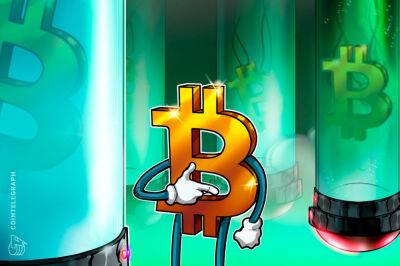Lightning Network Adoption at Exchanges is Growing: This is Why It’s Good for Bitcoin
From the outside, it might look like the Lightning Network (LN) is a classic example of vaporware. It has long been touted as the layer-two solution that will make Bitcoin (BTC) more viable as an everyday medium of exchange, yet the fact remains that Bitcoin still isn’t used on a large scale for payments.
Yet a steady stream of crypto exchanges have been integrating with the Lightning Network in recent weeks and months, including Robinhood, Kraken, AAX, Paxful, and OKX. This follows earlier integrations by the likes of Bitfinex, Bitstamp, and CoinCorner, as well as integrations by wallet or payment providers such as Cash App and BitPay.
However, as impressive as this growing list of integrations might look, just how beneficial has the Lightning Network been for exchanges, and what kind of user is using it? According to at least one exchange, growth in LN use has been gradually ticking upwards for a while now, even if the status of Bitcoin as ‘digital gold’ continues to impose limits on its wider employment.
One thing is for certain: the Lightning Network has been growing over the past few months, as indicated by various network metrics.
For instance, nodes running the Lightning Network protocol reached just over 20,000 from the beginning of February, having stood at 9,000 a year previously. This is basically equal to all active Bitcoin nodes, with reachable Bitcoin nodes currently standing at just over 15,000.
Likewise, the amount of BTC being held and handled by the Lightning Network is growing, with the network currently hosting some BTC 3,634, up from BTC 1,204 a year ago (a rise of 200%).
Given that some BTC 19m have already been mined, this quantity is hardly substantial, but its rise testifies to growing Lightning
Read more on cryptonews.com






















